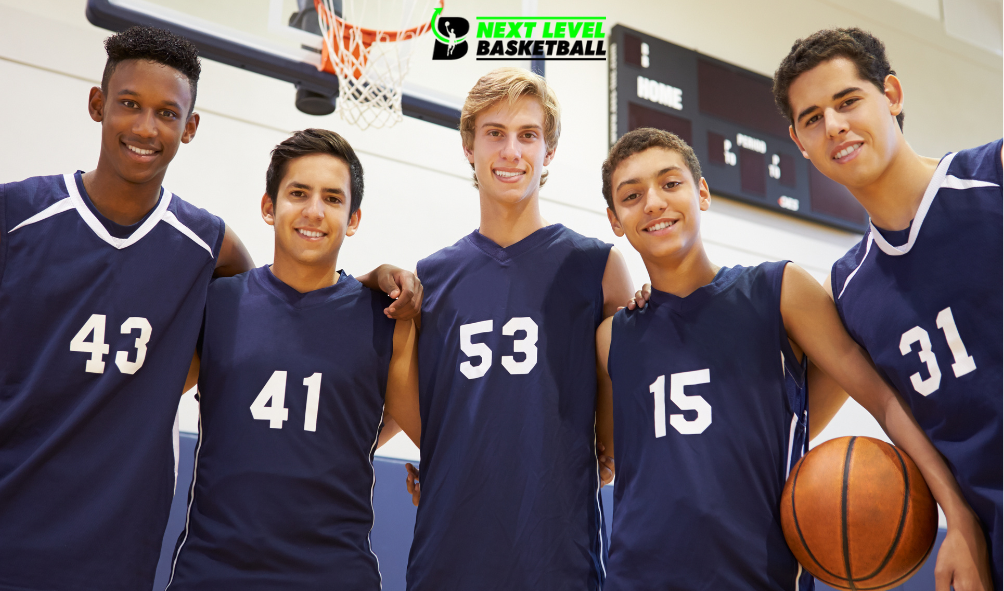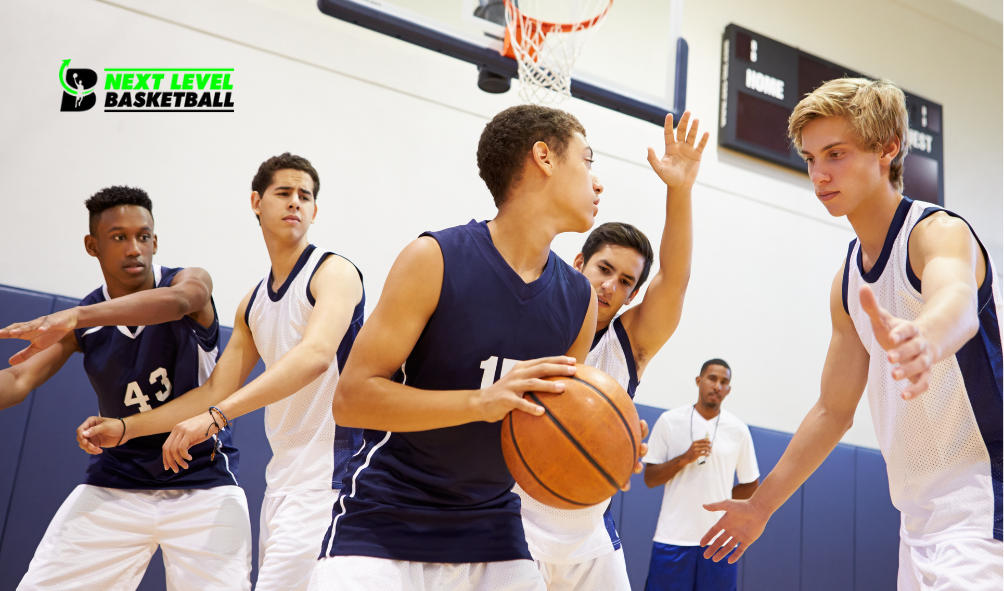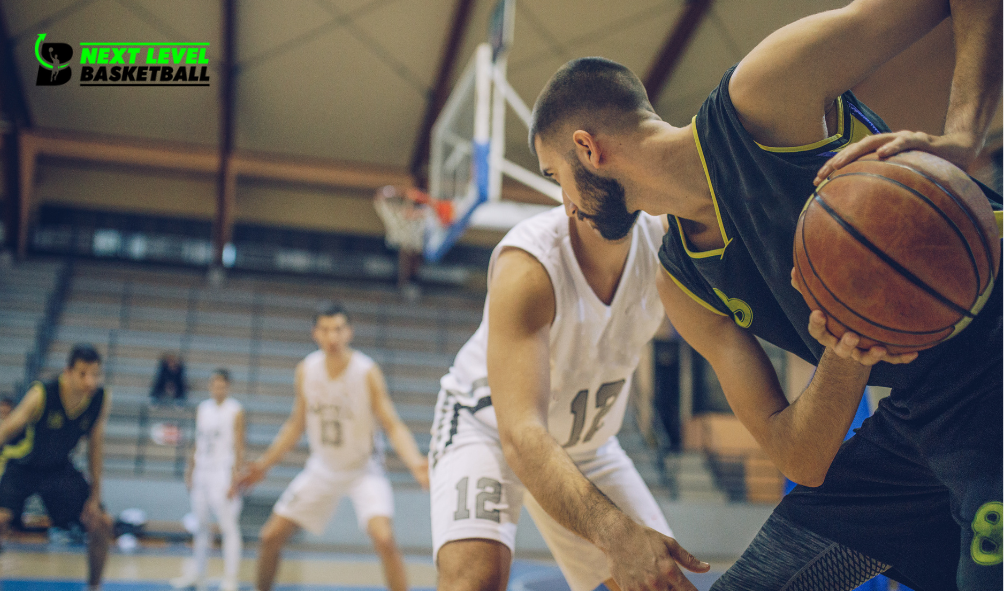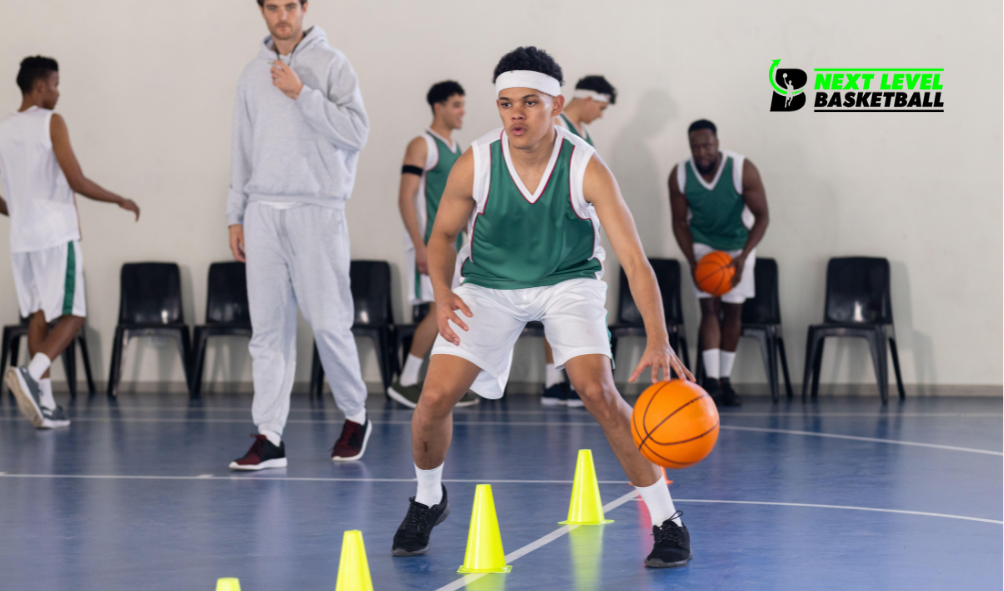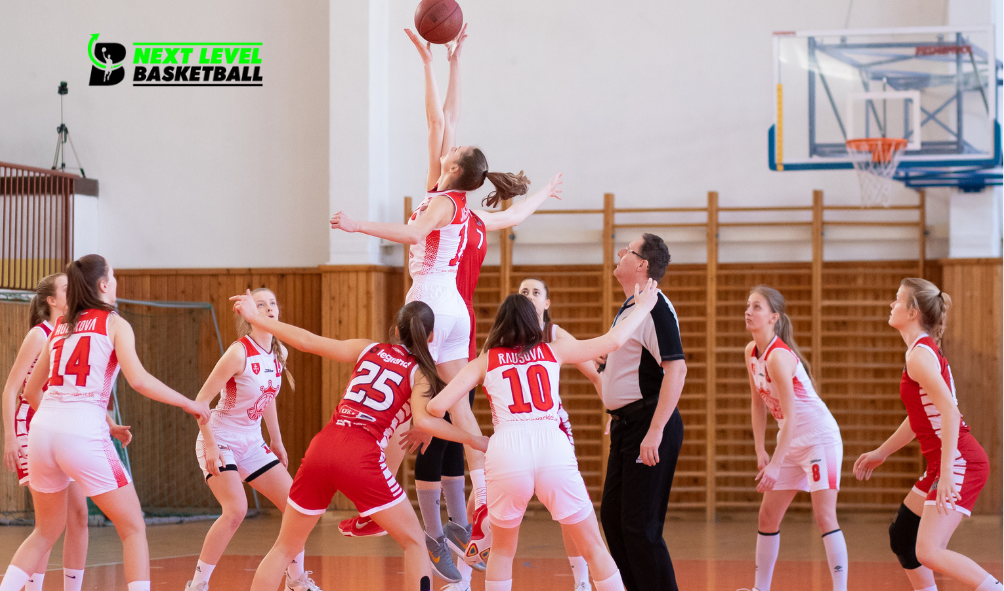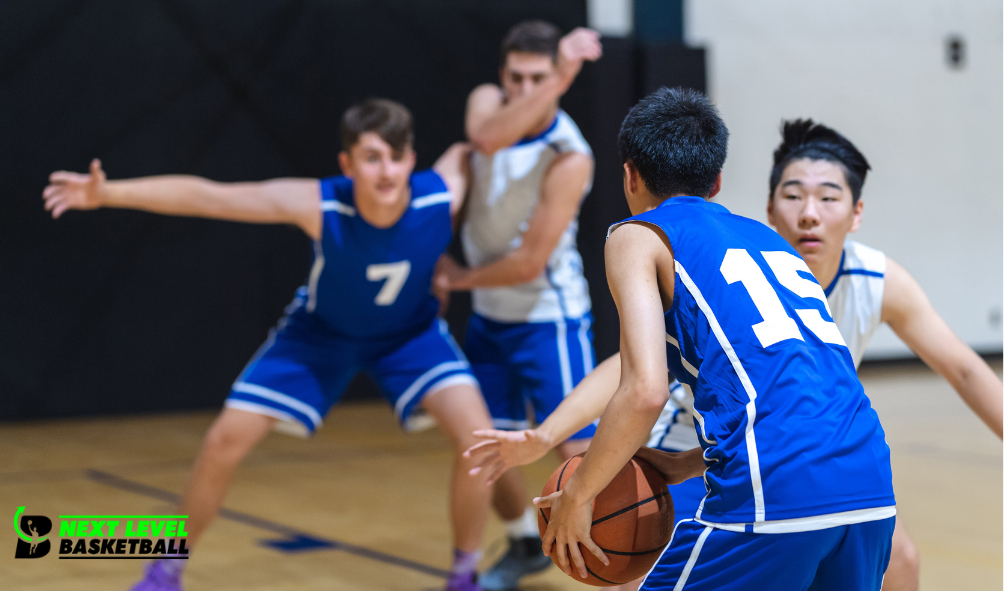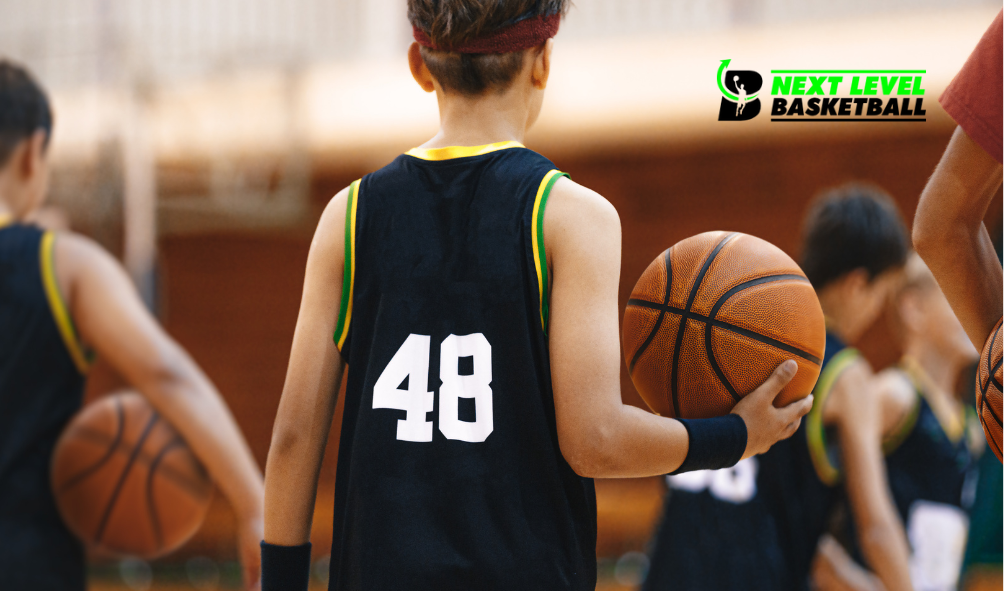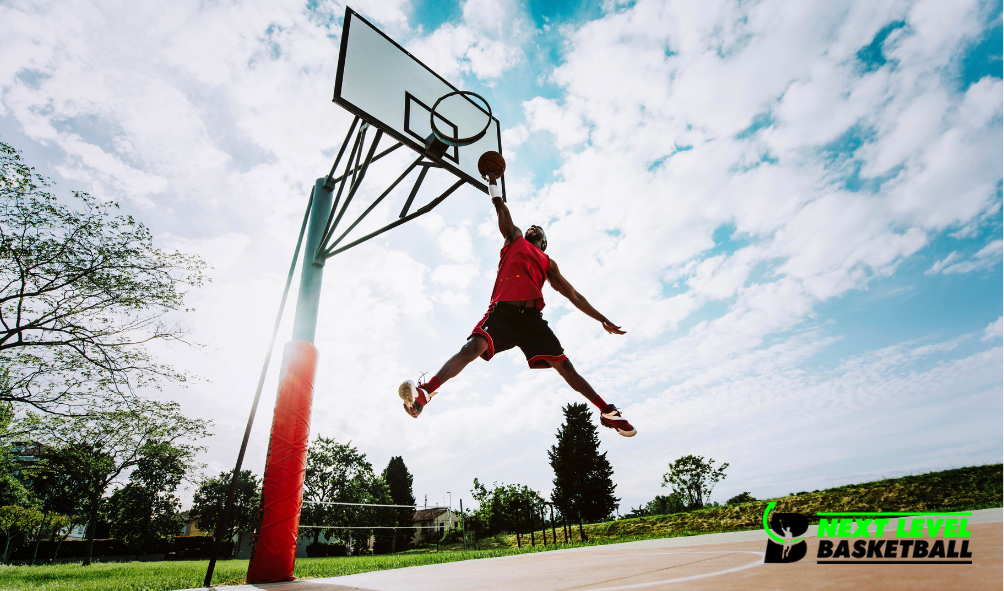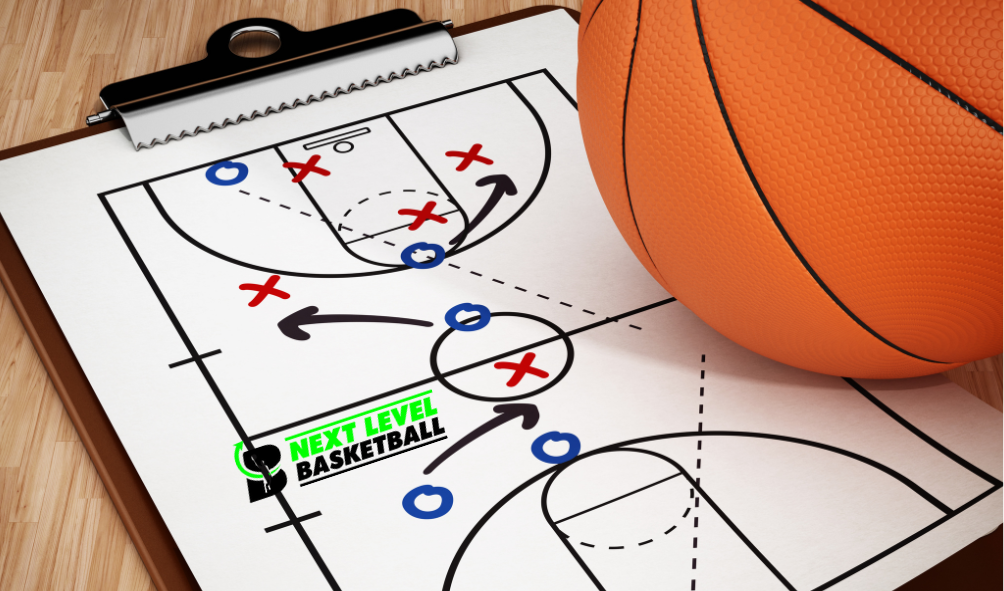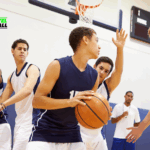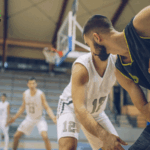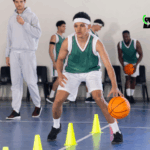The small forward position is one of the most versatile roles on a basketball team. You’re expected to contribute in multiple areas—scoring, defending, rebounding, and playmaking—making your skill set broad and adaptable.
Your role as a small forward is to be a well-rounded player who can bridge the gap between guards and big men, using agility, strength, and basketball IQ to impact the game in all phases. You must be able to handle the ball, shoot from various ranges, defend multiple positions, and create opportunities for your teammates.
Understanding the responsibilities and skills required will help you become an effective small forward. Whether you want to improve your game or better grasp team dynamics, knowing what this position demands will give you a solid foundation to build on.
Core Responsibilities of the Small Forward
Your role demands adaptability across various tasks on the court. You must contribute consistently in scoring, defense, and fast breaks while adjusting to both guard and forward duties.
Offensive Versatility
You are expected to score in multiple areas. This includes shooting from distance, attacking the rim, and scoring mid-range jumpers.
Handling the ball confidently allows you to create plays or facilitate teammates. You may take on secondary ball-handling duties, helping to maintain offensive flow.
Your ability to read defenses and make quick decisions can open scoring opportunities. Being able to space the floor and shoot reliably stretches the defense and creates lanes.
Defensive Coverage
Your defensive responsibilities require guarding various opponents. This often means switching between opposing small forwards, shooting guards, and power forwards.
Key defensive skills you must develop include:
- Lateral quickness to stay in front of smaller, faster players
- Strength to contest post moves or rebounds against bigger opponents
- Anticipation to disrupt passing lanes and contest shots
Versatility in defense helps your team adapt to different offensive threats during games.
Transition Play
You play an important role in both offense and defense during transitions. You must sprint back on defense to prevent fast breaks while quickly advancing the ball once you gain possession.
Your speed and court awareness allow you to either finish fast-break points or make accurate outlet passes. This balances scoring opportunities with team structure.
Quick decision-making in transition can lead to easy baskets or prevent opponent scoring chances. Your conditioning and anticipation are crucial for effective transition play.
Key Skills for Success
To excel as a small forward, you need a combination of offensive and defensive skills. Your ability to score efficiently, guard diverse opponents, and secure rebounds greatly impacts your team’s performance and versatility on the court.
Scoring Techniques
Your scoring ability should cover multiple areas: mid-range shots, three-pointers, and driving to the basket. Developing a reliable mid-range jumper can make you a constant threat.
Focus on improving your shooting form and consistency from beyond the arc. This forces defenders to respect your range, opening lanes for drives or passes.
Use ball-handling skills to create space and opportunities for layups or floaters. Being able to score in transition, catch and shoot, or isolate defenders boosts your offensive threat.
Perimeter Defense
As a small forward, you will guard players ranging from quick guards to bigger forwards. Your defensive versatility is essential.
Work on lateral quickness to stay in front of faster opponents. Positioning and anticipation help you disrupt passing lanes and contest shots effectively.
Communication on defense is crucial since you often switch onto different players. Your awareness lets you help teammates while maintaining pressure on your assigned mark.
Rebounding Ability
Securing rebounds adds value by creating extra possessions or limiting opponents’ second-chance points. You must time your jumps and use your positioning wisely.
Use your height and athleticism to box out opponents. React quickly to missed shots and be aggressive in pursuing the ball.
Both offensive and defensive rebounds matter. Offensive rebounds give your team scoring opportunities, while defensive rebounds end the opponent’s possession.
Tactical Role in Team Strategy
Your role as a small forward involves creating opportunities by maintaining proper spacing, adapting quickly on defense, and facilitating smooth ball movement. Each aspect requires situational awareness and versatility to enhance your team’s offensive and defensive effectiveness.
Spacing and Floor Balance
You must position yourself to stretch the defense and open lanes for teammates. By staying ready beyond the three-point line or cutting to open spots, you force defenders to cover more ground. This spacing prevents defensive congestion and creates driving options for guards or post players.
Keeping balanced floor spacing also allows you to exploit mismatches. If defenders close in on you, teammates will find better scoring chances elsewhere. Your ability to read defenses and adjust your positioning directly impacts how well your team runs sets and maintains offensive flow.
Switching on Defense
Your agility and strength enable you to guard multiple positions on the perimeter. When the defense switches, you must quickly adapt to new matchups, whether it’s guarding a smaller, quicker guard or a bigger forward. This flexibility helps your team contain opposing offenses without confusion.
Effective communication during switches is critical. You alert teammates to screens or potential mismatches and maintain proper defensive alignment. Your defensive awareness reduces open shots and limits penetration, making your team harder to score against.
Supporting Ball Movement
You play a key role in facilitating ball movement, which is vital for breaking down defenses. Your ability to handle the ball and make quick, accurate passes keeps the offense fluid and unpredictable.
When off the ball, you create passing angles by moving without the ball, setting screens, or cutting to the basket. By consistently presenting yourself as an available option, you encourage quick decision-making and maintain offensive momentum, increasing scoring opportunities for your team.
Excel at your role as a small forward in basketball. Master the techniques with the help of reliable coaches from one of the best basketball training grounds in Miami, Next Level Basketball. Call 954-621-8470 to book your first session.
